
Efstathia Xantzi
Reading Room and Archival Research Department,
General State Archives of Greece – Central Service
Handwritten letter from the archive of the Georgios Ladas collection, dated 16 March 1826, sent to the Executive Body at Nauplion and signed by the Overseers of the Philomousos (=Muse-loving) Society of Athens: Neophytos of Atalante, Io. Gkouras, Gropius, Michael Tyrnabites. Along the left side of the document there is a later note in French concerning the military hospital. On the back: “To the Revered Executive Body at Nauplion”.
The Overseers hail ’’the beauty-loving concern” for the antiquities of Athens and more specifically the care “for the splendid monuments of the antiquity of the glorious forebears” shown by the Temporary Administration, and “in dire circumstances”at that. It is characteristic that the document is drawn up during the time that Mesolonghi is besieged for a second time.
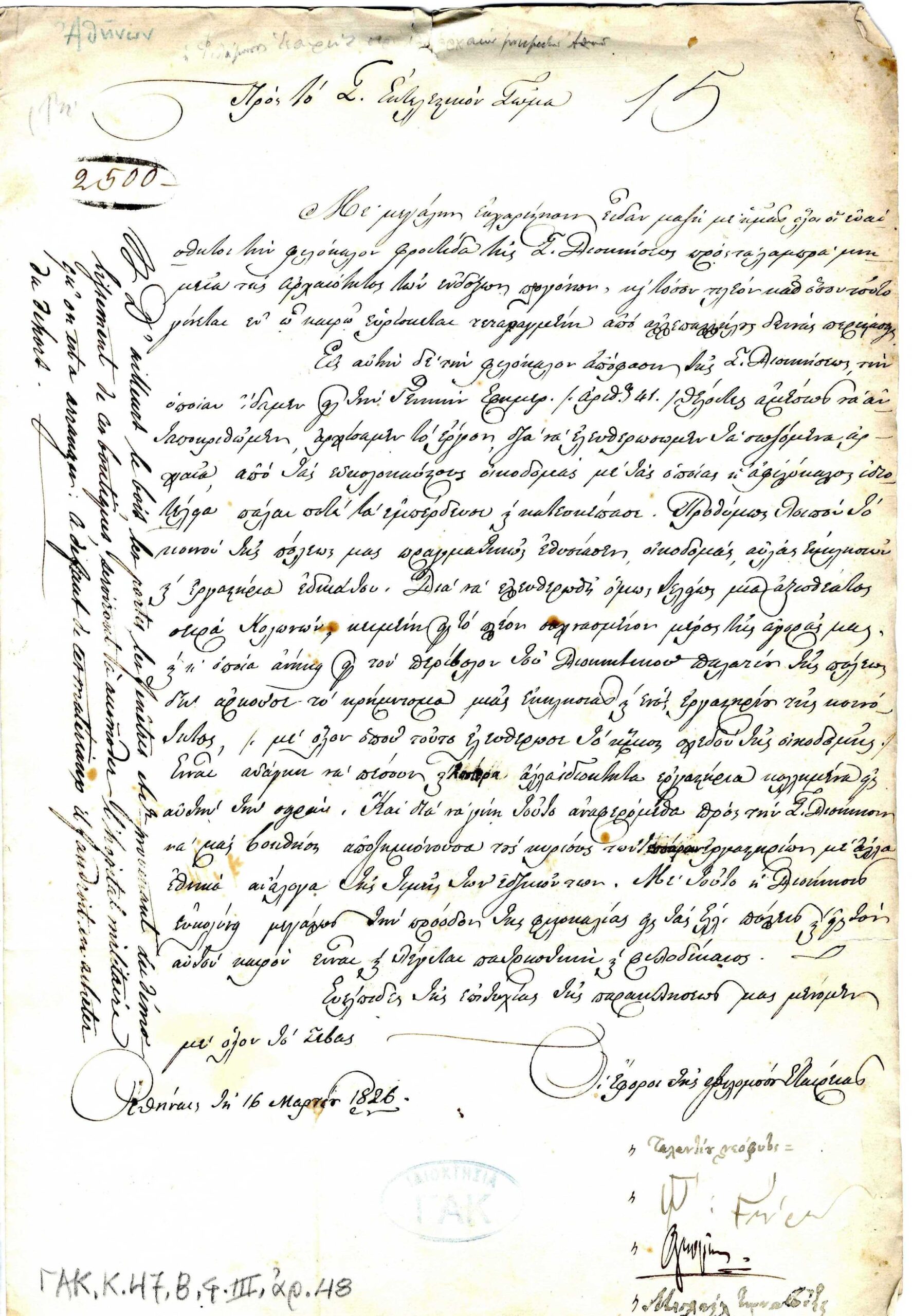
State decisions regarding antiquities are published in the contemporary press, in the “General Newspaper”, while in the 41st issue is announced the decision no. 17164 made by the Executive on 22 February 1826, according to which all relics of antiquity are national and their preservation is necessary; priority is given to the safeguarding and looking after the Antiquities of Athens and Attica. The Society responds immediately and asks for the help of the Revered Administration for the purpose of the indemnification of the owners of four workshops “in order to reveal a row of columns worth seeing” in the enclosure of the Government House in the town’s market. The area is identified with the site of Hadrian’s Library, which was hidden by the Market of the town of Athens. In particular, in its southern wing was located the Government House or Voivodalik, which was also used as the Residence of the Voivod, i.e. the Turkish Governor of Athens.
The care of the antiquities in Athens and everywhere in Greece shall be among the sacred cares of the Philomousos Society, (according to its charter) which was founded before the Revolution, in Athens in 1813 and in Vienna in 1814, on the initiative of Ioannes Kapodistrias, Anthimos Gazes and the Metropolite of Ungro-Wallachia Ignatius. The practice described in the document is part of the endeavour to expurgate ancient monuments of later accretions such as churches, workshops and other remains of buildings, given that classical antiquities played a crucial role in the formation of the cultural identity of the Greek State. It is perhaps not an accident that the verb to liberate is used equivocally implying an analogy: fatherland/antiquities-Turks/more recent monuments. One may observe the influence of foreign travellers, since the column-row which will be liberated (=disclosed) is “worth seeing”. The admirable cooperation between the Philomousos Society and the Temporary Government came to an abrupt end on 28 June 1826, when Reşid Mehmed Paşa besieged the Acropolis and finally captured Athens in May 1827.
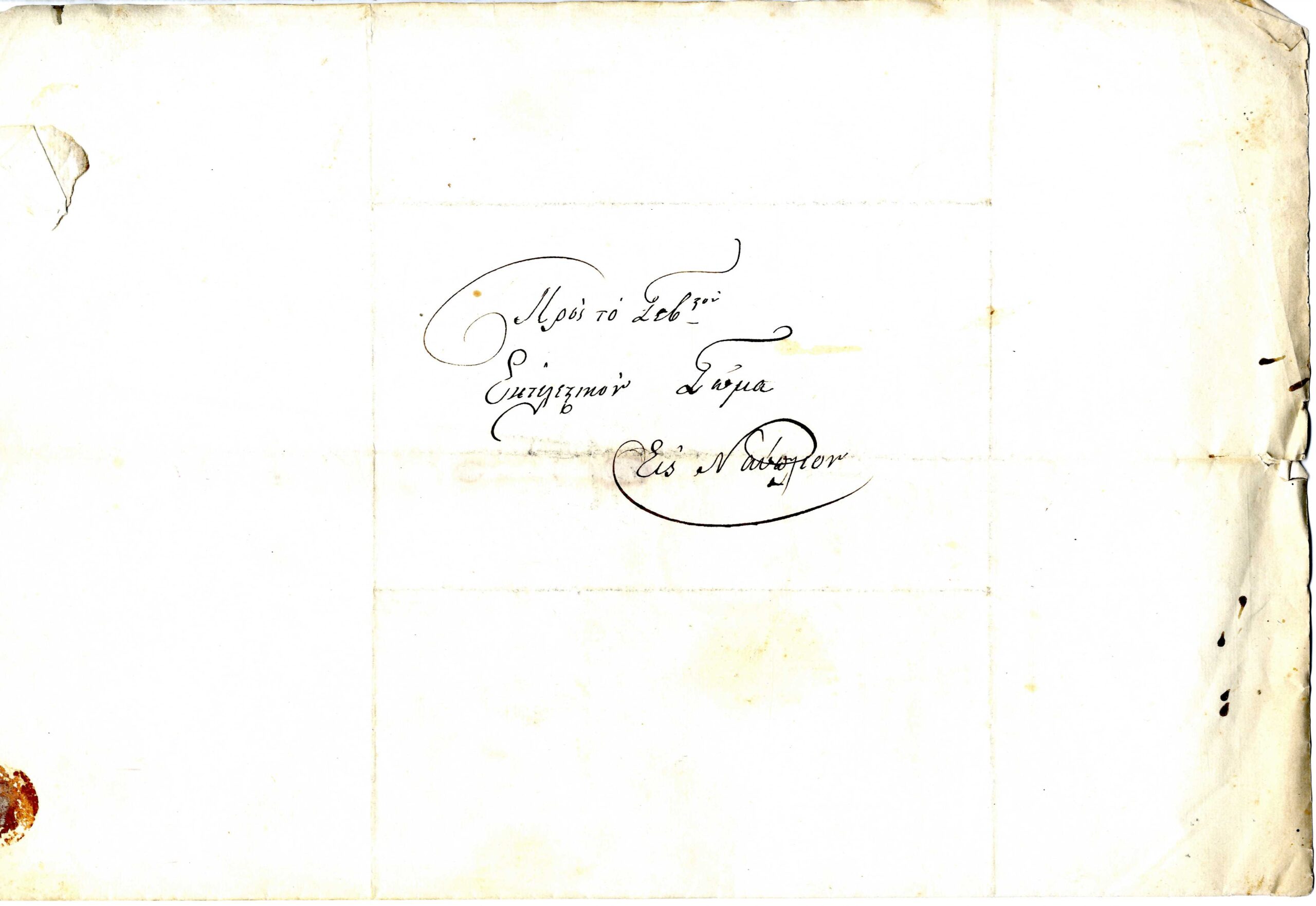
“Hopeful about the success of our request” is how the Overseers end their letter. And indeed, the document succeeds in its purpose, since an order issued by the Temporary Administration a few days later regards the demolition of the four workshops (General Newspaper of Greece,) no. 51, 3rd April 1826, p. 201).
The need to protect ancient monuments will constitute a high priority of the now independent Greek state. This effort will be intensified during the reign of Otto, for the purpose of rebuilding Athens, the new capital of the Greek state. It is then that the church of Agioi Asomatoi at Skalia (1842), in the west wing of Hadrian’s Library, is demolished, while the Megali Panagia (=Great Virgin Mary) in the Library’s precincts will be demolished in the latter part of the nineteenth century.

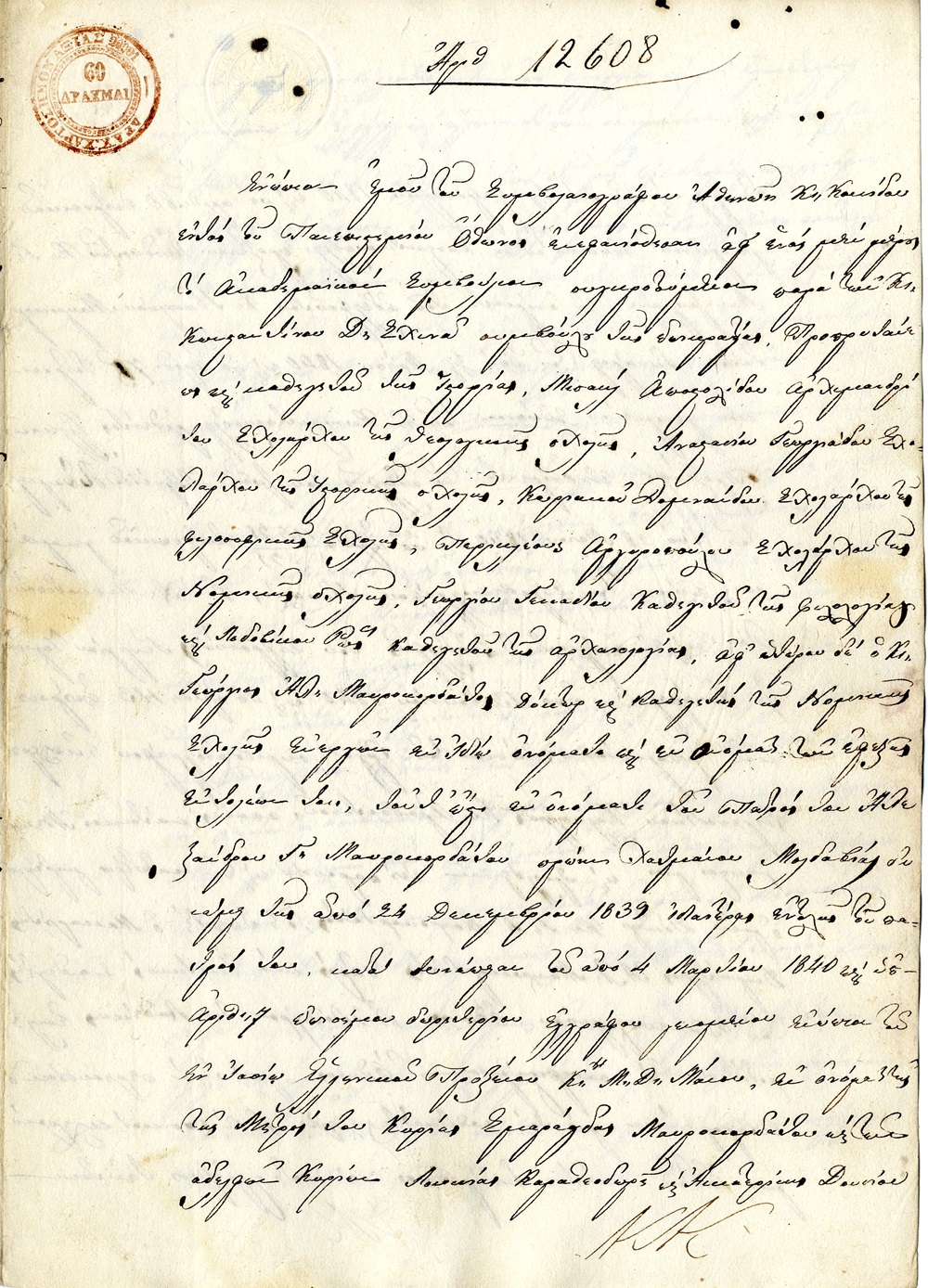
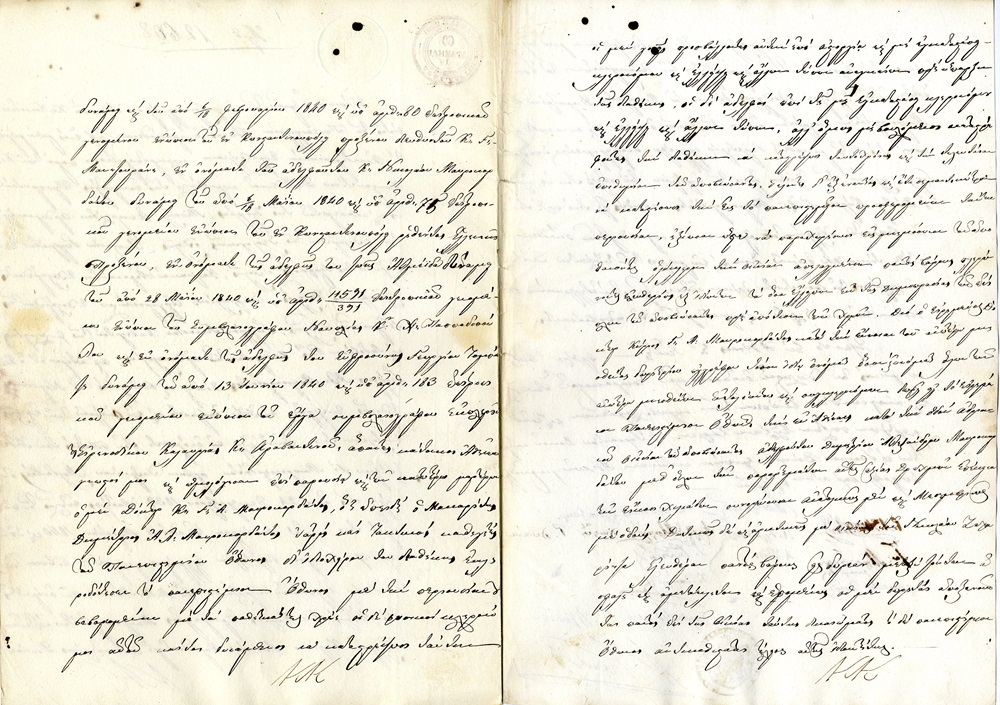
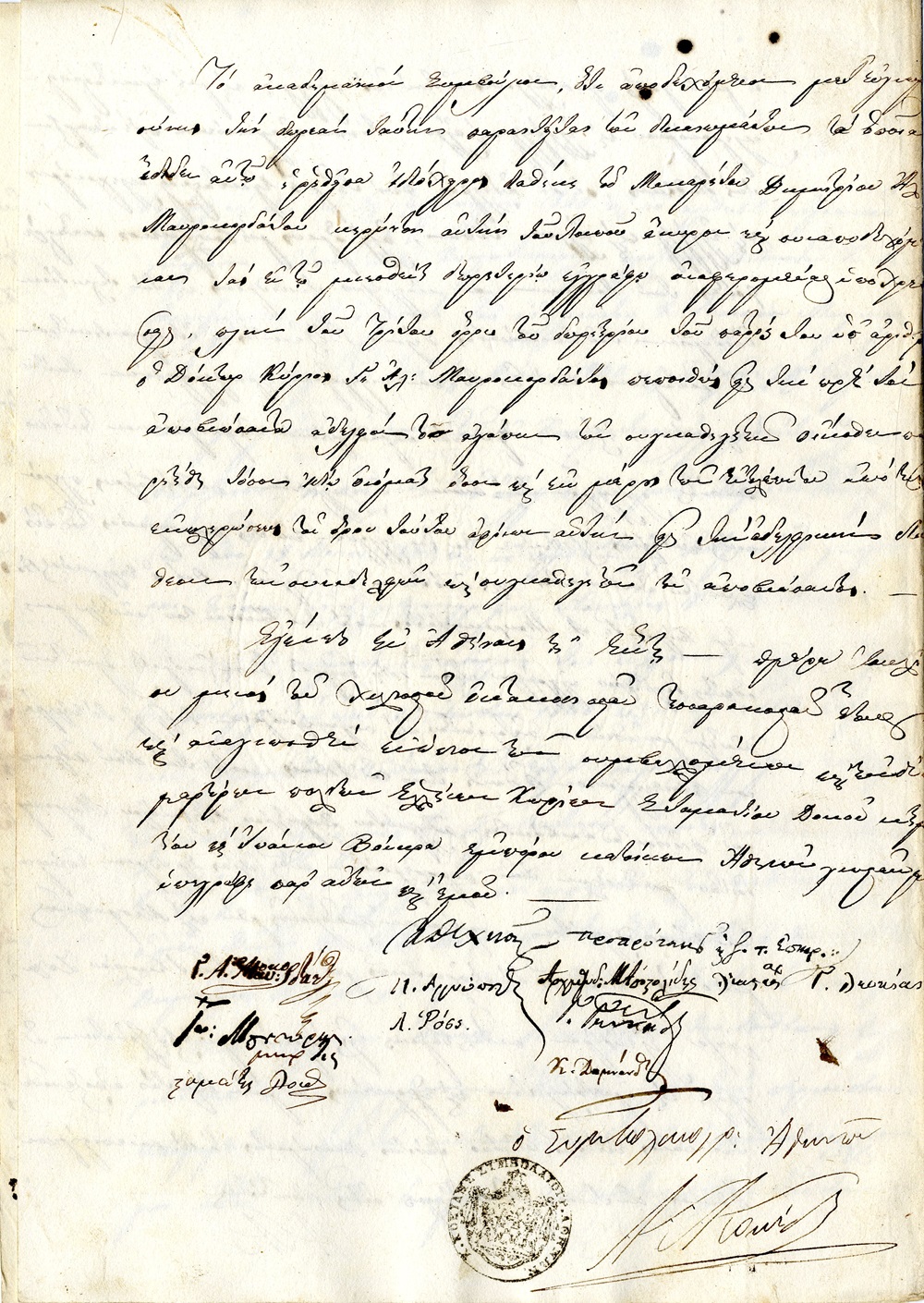
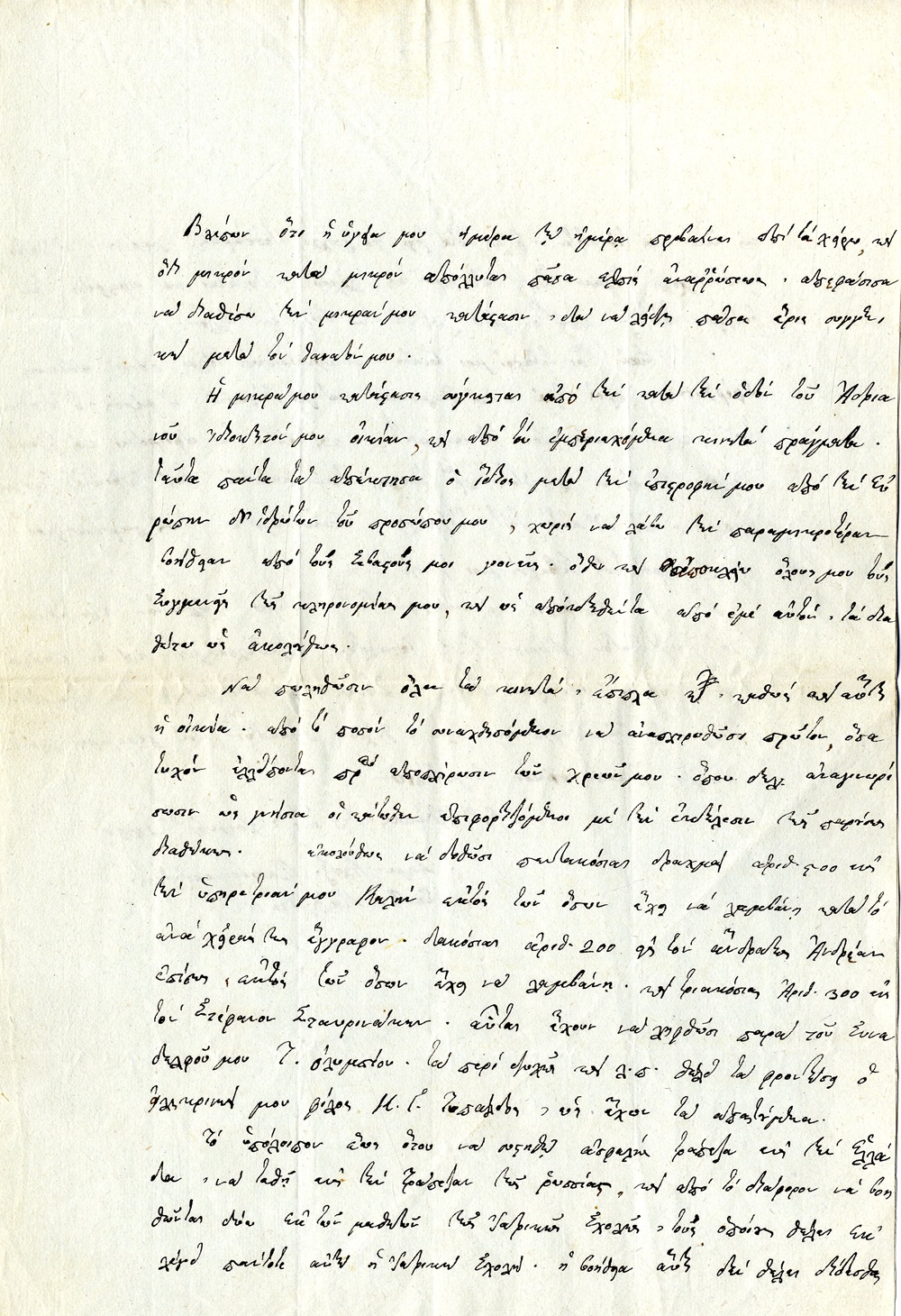
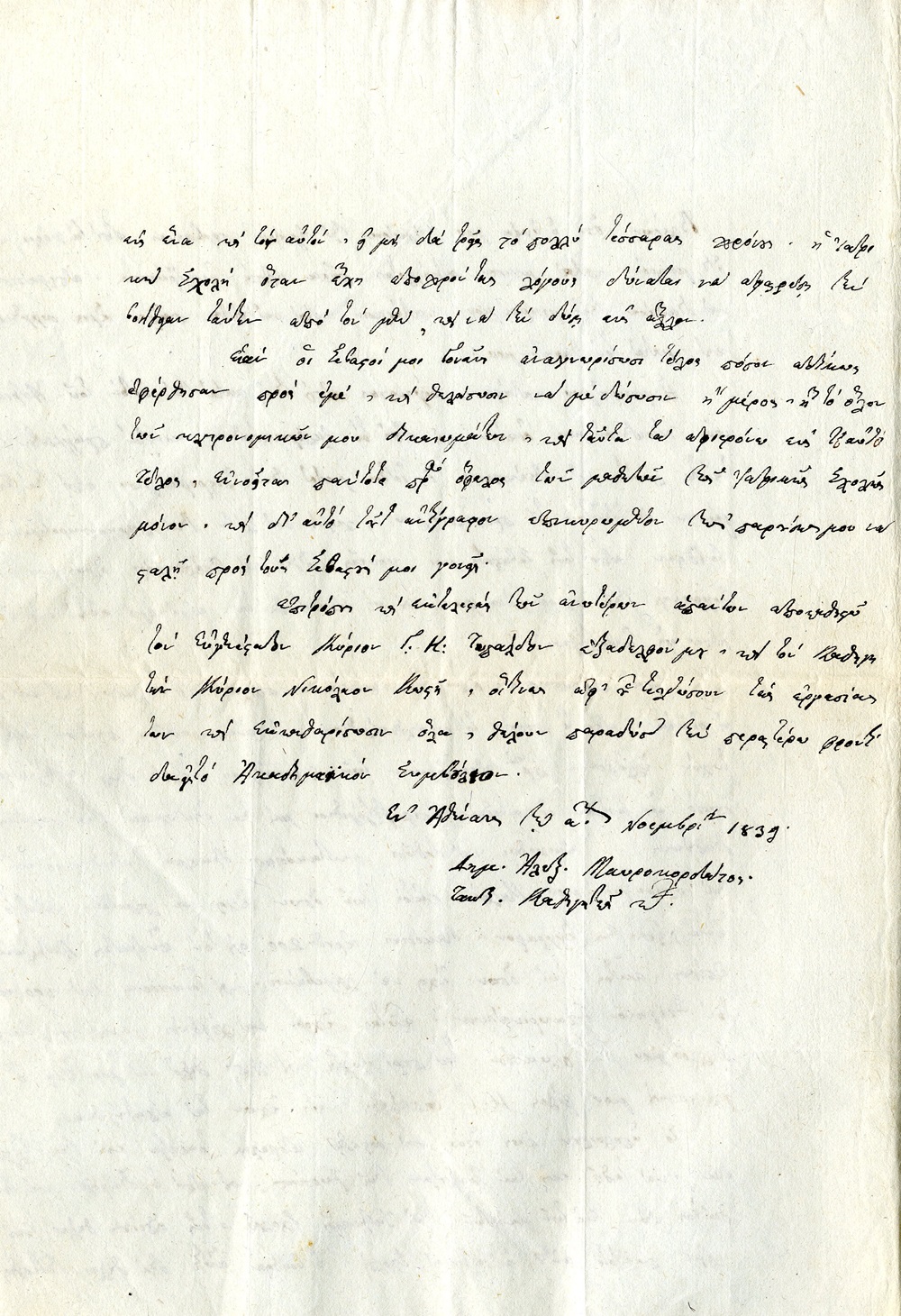

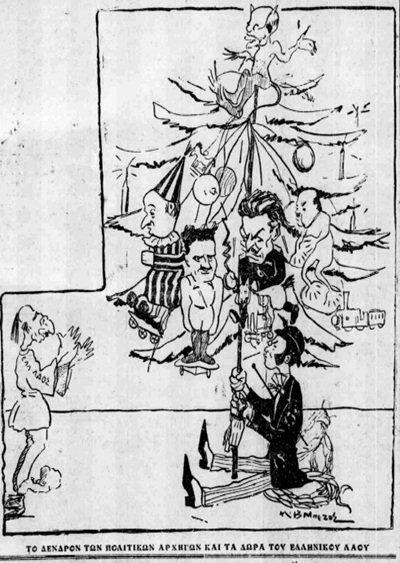
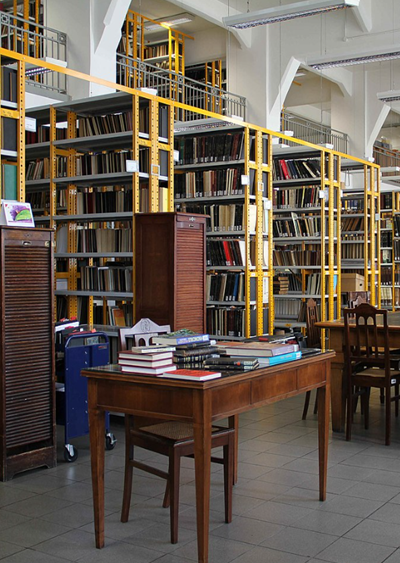
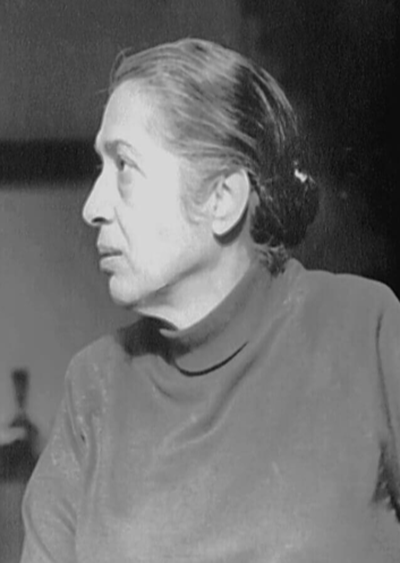


Leave A Comment